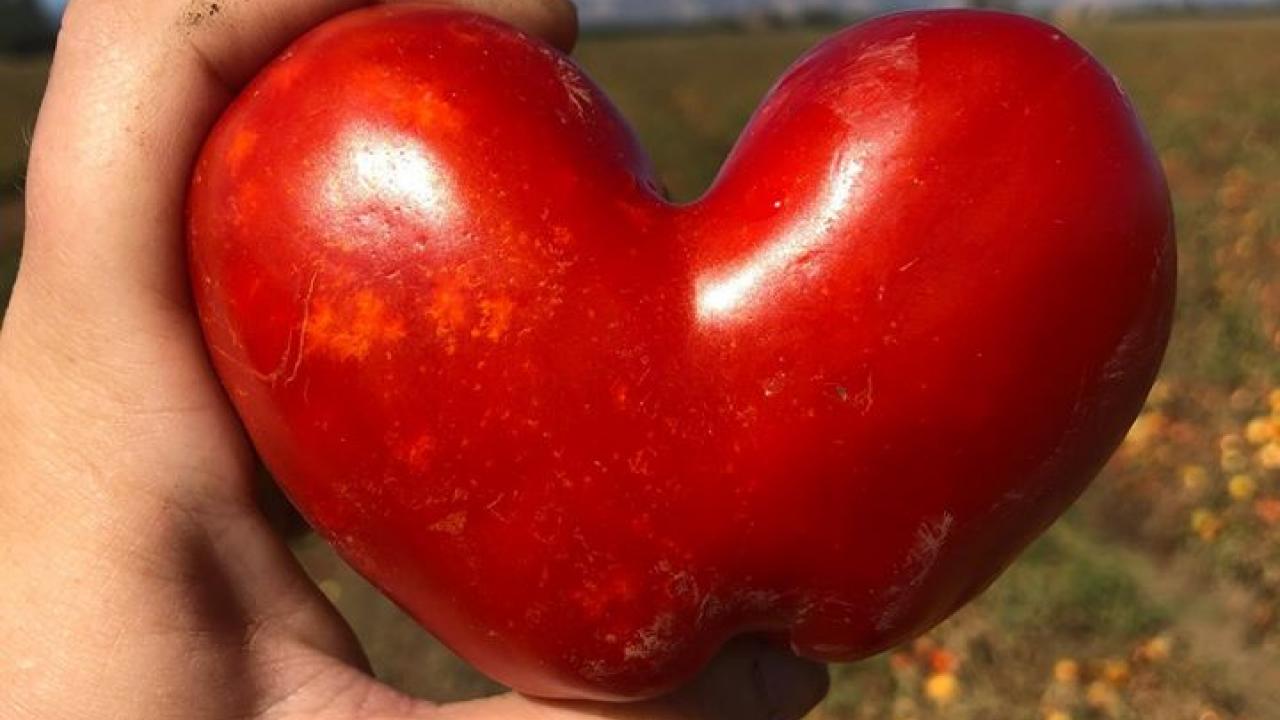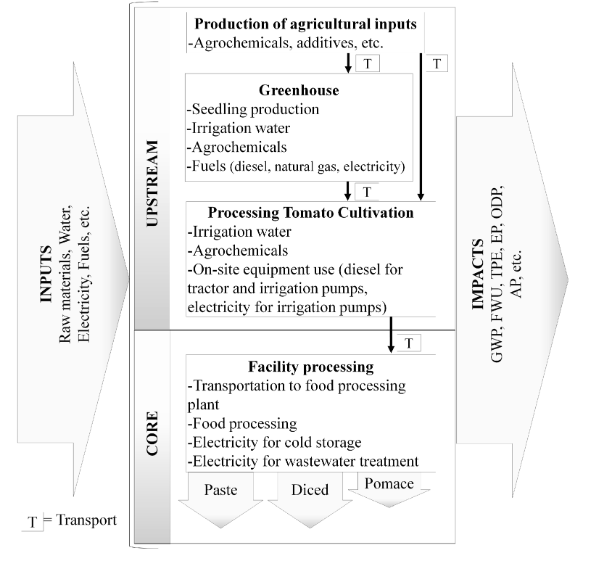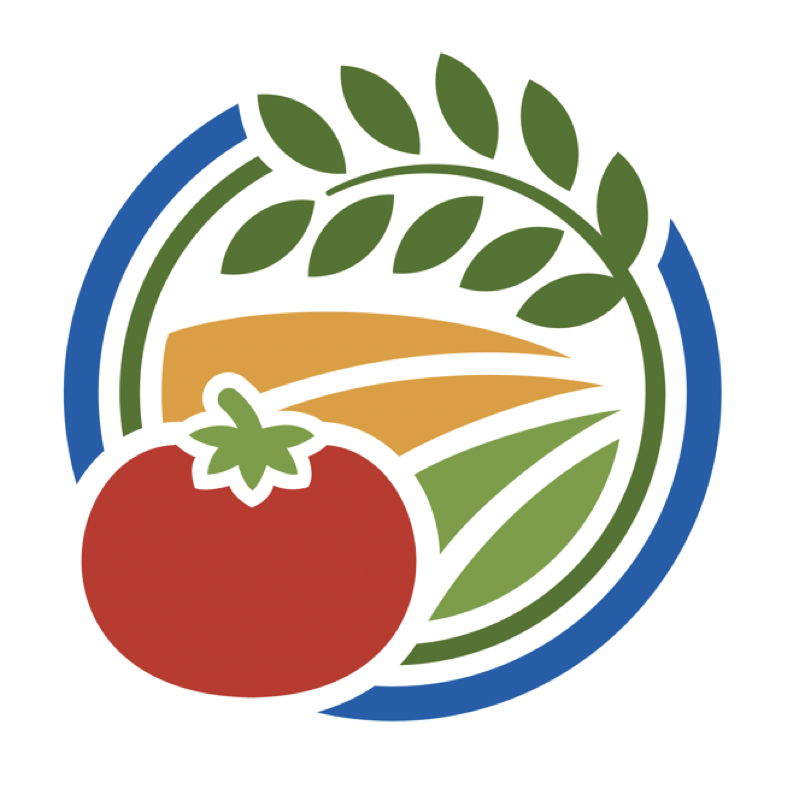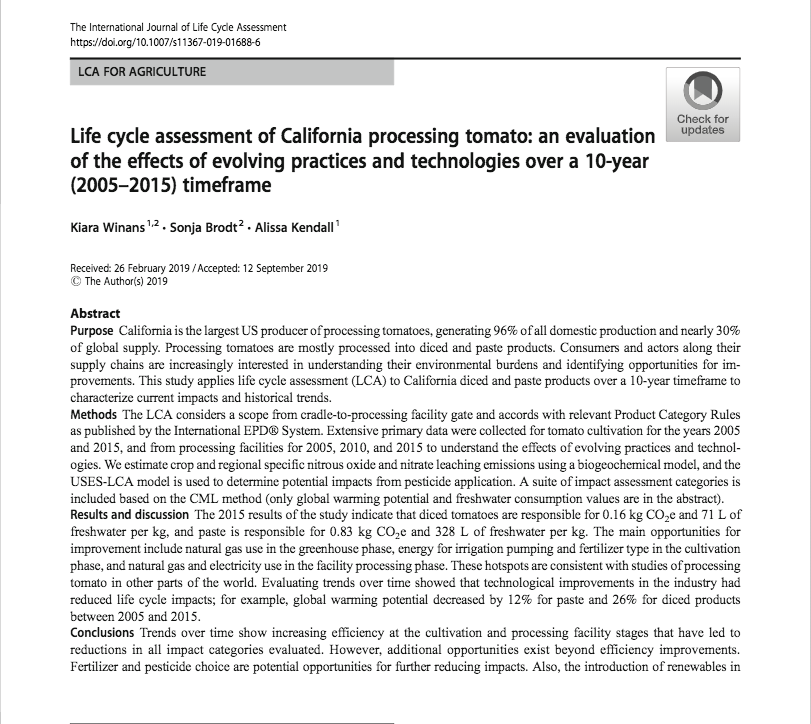
Dr. Sonja Brodt publishes life cycle assessment of California tomato industry
Sonja Brodt, coordinator for Agriculture, Resources, and the Environment at ASI, recently published a life cycle assessment of the California processing tomato industry over a 10-year trajectory. The paper may be one of the first LCA studies to integrate models of potential down-stream effects from pesticide applications. It also includes nitrate leaching modeling.
“The main opportunities for improvement include natural gas use in the greenhouse phase, energy for irrigation pumping and fertilizer type in the cultivation phase, and natural gas and electricity use in the facility processing phase,” as stated in the report. “These hotspots are consistent with studies of processing tomatoes in other parts of the world. Evaluating trends over time [shows] that technological improvements in the industry [have] reduced life cycle impacts.”
The goals of this research project included applying life cycle assessment (LCA) to California diced and paste products over a 10-year timeframe to characterize current impacts and historical trends. “Extensive primary data were collected for tomato cultivation for the years 2005 and 2015, and from processing facilities for 2005, 2010, and 2015 to understand the effects of evolving practices and technologies,” the report said. “We estimate crop and regional specific nitrous oxide and nitrate leaching emissions using a biogeochemical model, and the USES-LCA model is used to determine potential impacts from pesticide application. A suite of impact assessment categories are included.”

The project’s conclusion demonstrates that:
- Trends over time show increasing efficiency at the cultivation and processing facility stages that have led to reductions in all impact categories evaluated.
-
Additional opportunities exist beyond efficiency improvements.
-
Fertilizer and pesticide choice are potential opportunities for further reducing impacts.
- The re-introduction of renewables in each phase of the supply chain (solar-powered irrigation pumps and onsite solar energy generation for facilities) could reduce the overall supply chain GWP100 impacts by 9–10%.

